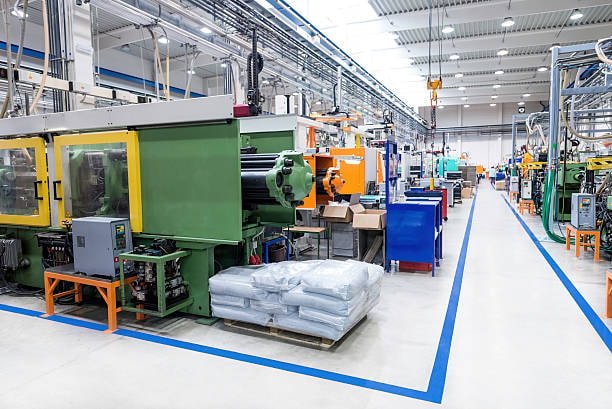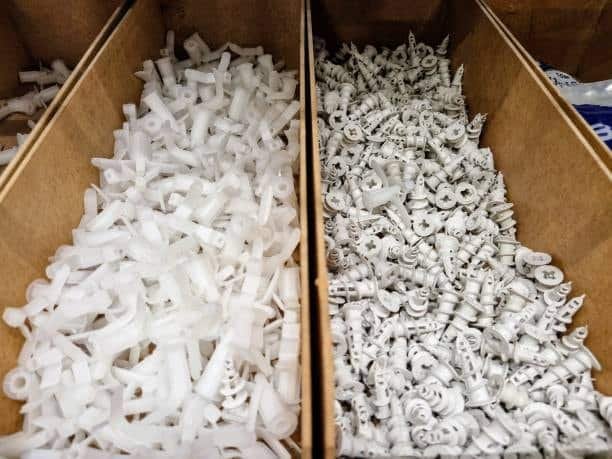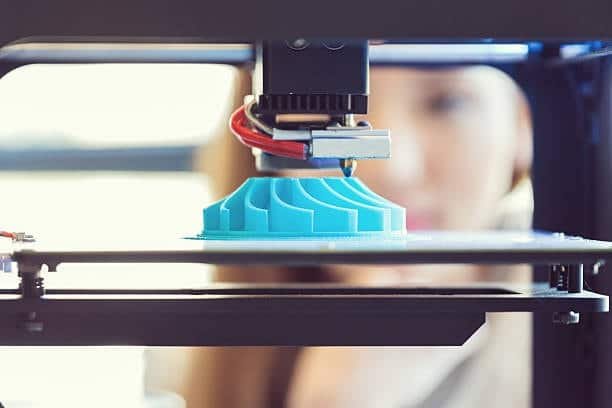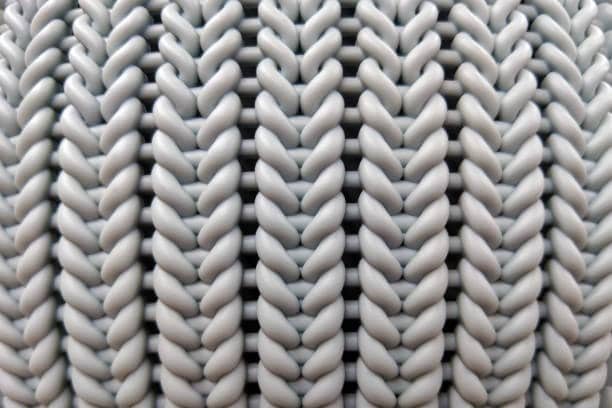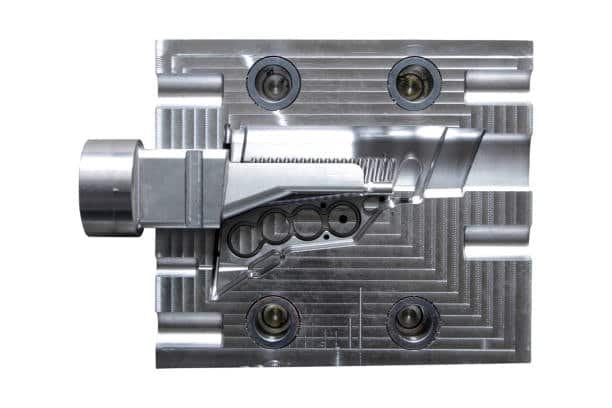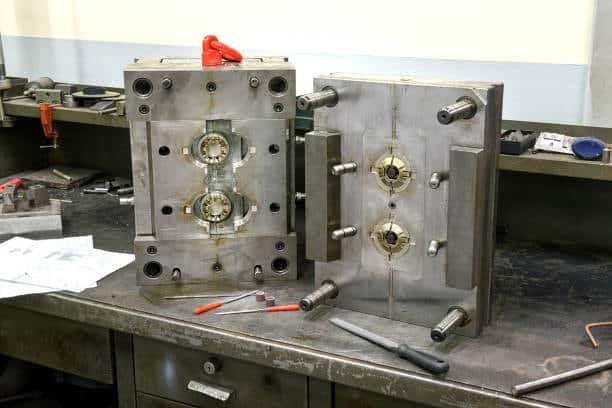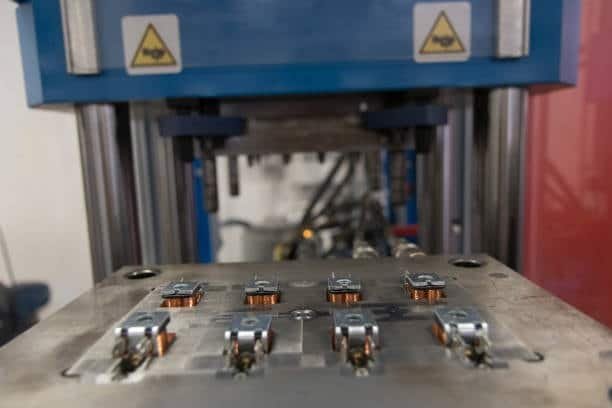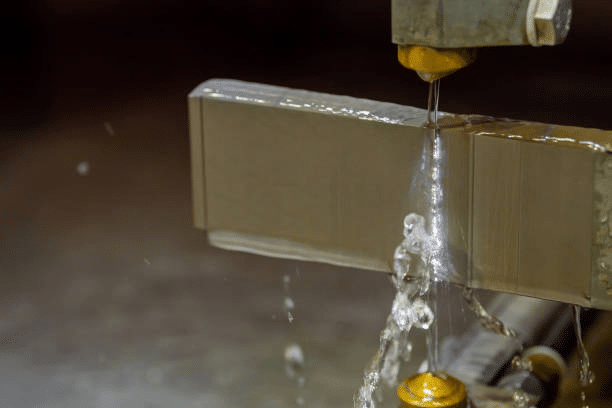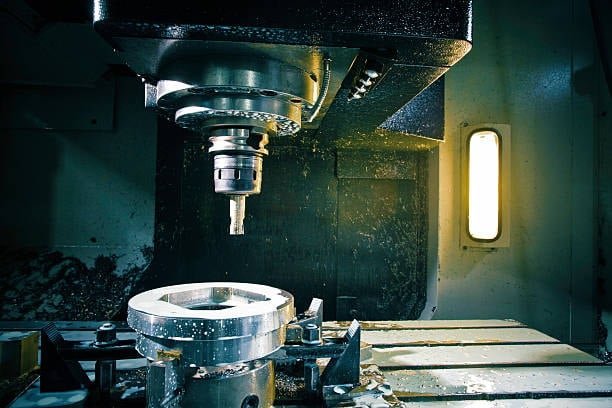Riveting vs Welding: The Ultimate Guide to Choosing the Right Joining Method for Your Project
Selection of the riveting and the welding technique varies according to demands of the particular project, but there are different benefits to both of them. Riveting offers outstanding inspectability and maintenance access and is therefore suited to applications where long term serviceability is required. Welding can provide better strength-weight ratios than bolted structures and is more efficient than other production methods, becoming a choice process in high-volume production. These differences form an idea of how to make decisions regarding the best results of the projects.


